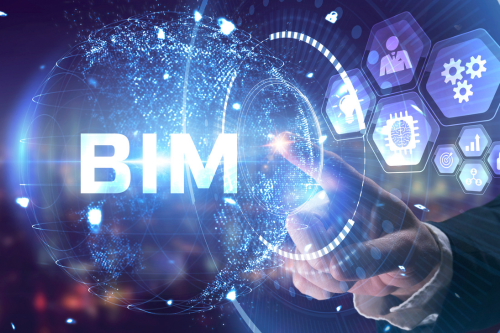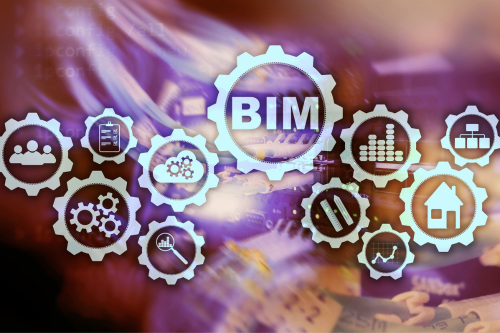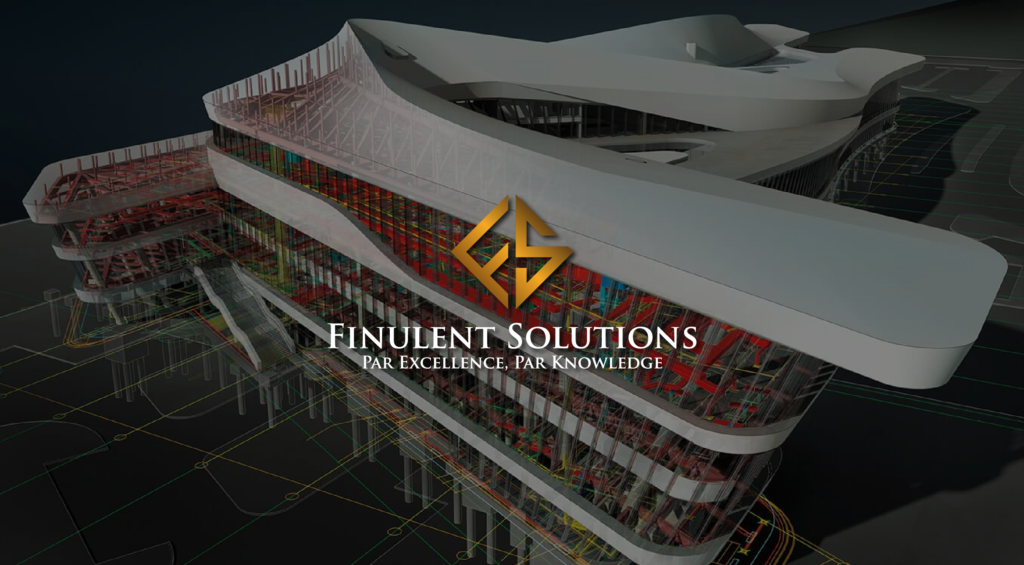In today’s world of architecture and construction, sustainability isn’t a choice but a responsibility. This has caused the industry to undergo remarkable shifts. The traditional ways of designing and building have evolved and adopted a greener and more eco-conscious approach. BIM or Building Information Modeling is at the heart of this transformation. In the upcoming sections, we’ll dive into what BIM is all about, how it’s making sustainable design possible, and why it matters for businesses aiming for eco-friendly construction.
Join us in this exploration of how BIM is set to revolutionize sustainable building design.
What is BIM?
BIM, which stands for Building Information Modeling, acts as a digital system for overseeing the creation and upkeep of buildings, infrastructure, and structures. It is a technology and methodology that integrates 3D modeling, data, and information, offering a complete overview of a construction project. Architects, engineers, construction experts, and various other stakeholders rely on BIM to make designing, planning, constructing, and managing buildings and infrastructure more efficient and collaborative.
Why Use BIM?
BIM is a versatile and invaluable tool for sustainable design. It excels in optimizing prefabrication and modular construction, reducing on-site labor and waste. Additionally, it streamlines the construction processes and aligns seamlessly with eco-conscious principles. It also provides a digital replica for efficient facility management. This dynamic resource supports sustainability throughout a building’s lifecycle, ensuring efficient operation, maintenance, and resource management.
Benefits of using BIM in Sustainable Design

Streamlining Prefabrication and Modular Construction
BIM optimizes designs for off-site construction, significantly reducing on-site labor requirements and material waste. By fostering precision and coordination, BIM ensures that prefabricated and modular elements fit seamlessly into the sustainable design vision, resulting in more efficient and eco-friendly construction processes.
Enhancing Energy Efficiency
BIM goes beyond visualizing a building’s design; it simulates its energy performance, guiding the creation of designs that prioritize energy efficiency and sustainability. This means that architects and designers can make informed decisions regarding insulation, lighting, and HVAC systems to create structures that not only meet sustainability targets but also significantly reduce energy consumption.
Mitigating Risks
One of BIM’s strengths lies in its ability to identify potential issues and conflicts in the design phase. This approach helps prevent costly delays and issues during construction, which is particularly critical in sustainable building projects. By resolving problems early, BIM minimizes the environmental impact of rework and modifications.
Historical Restoration
BIM’s application isn’t limited to new construction; it is also employed to document and restore historical structures, preserving their architectural heritage with a strong focus on sustainability. By creating accurate digital replicas of historical buildings, BIM aids in their careful restoration, ensuring that the past meets the eco-conscious standards of the present and future.
Dimensions of BIM

Enhanced Design and Visualization
BIM’s ability to provide a comprehensive understanding of a project allows architects and designers to make informed decisions, which is crucial in sustainable building design. Visualizing the outcome and reducing design errors during construction are essential for achieving sustainability goals.
Cost-Efficiency
BIM’s capacity to drive cost savings aligns perfectly with sustainability. Improved planning, resource allocation, and early issue identification not only reduce project costs. They also support sustainable practices by ensuring efficient resource and material usage.
Optimized Project Schedules
Efficient coordination and the ability to simulate various construction scenarios are instrumental in maintaining project schedules. This is vital for meeting sustainability targets, as delays can lead to heightened resource consumption and environmental impact.
Promoting Sustainability
BIM’s contribution to sustainability is evident in its ability to evaluate energy usage, material choices, and waste reduction. This evaluation aids in making environmentally conscious design decisions, which are at the core of sustainable building design. BIM helps identify opportunities for energy efficiency and sustainable material selection.
Effective Facility Management
BIM’s role extends beyond construction and into facility management. By offering a digital replica of the building, it supports ongoing sustainability efforts. It aids in maintenance, renovations, and repairs, ensuring that the building continues to operate efficiently and sustainably throughout its lifecycle.
Conclusion
In conclusion, BIM emerges as a transformative force in sustainable building design. With its ability to streamline construction processes, enhance energy efficiency, and support ongoing sustainability efforts, BIM is poised to revolutionize the industry. It empowers professionals to make informed decisions, drive cost efficiency, and promote sustainability, promising a more eco-conscious future for the built environment.
Incorporate BIM into your next sustainable design project and experience the future of construction. Explore Finulent’s BIM services now!

